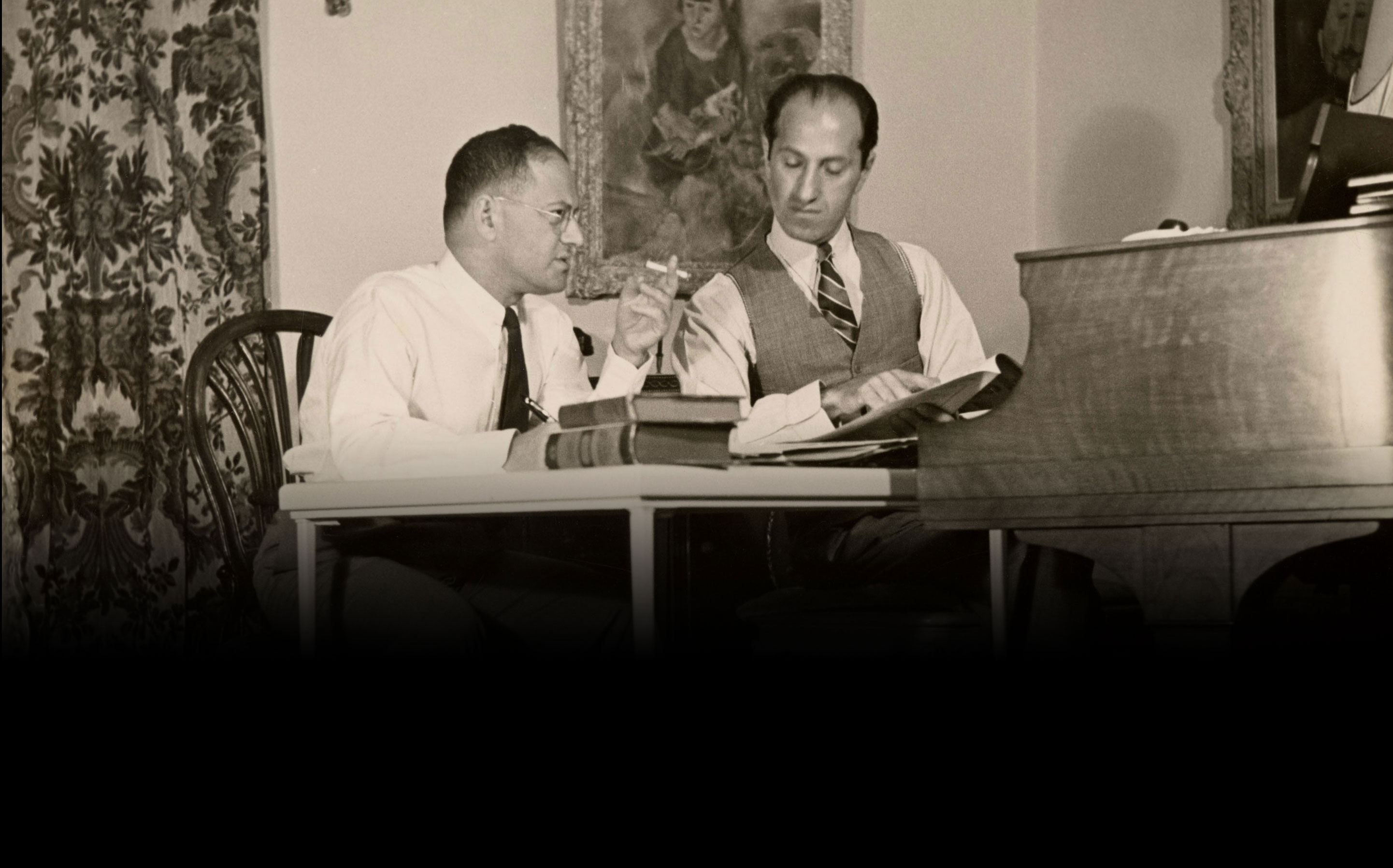The Soundboard: Heart of the Piano
In my earlier article about restoring an historic instrument, I promised to talk a little about soundboards specifically. It’s a topic that can fill volumes, and goodness knows that piano technicians talk about soundboards a great deal. Everyone has an opinion, of course, and that includes me! Of course, whenever the owner of a revered piano hears about soundboard replacement, there is concern that the piano won’t sound like it used to. I think this is due to a certain urban myth about pianos and soundboards that gave rise to the phrase “the soundboard is the soul of the piano”. Putting aside the technical arguments for a moment, it stands to reason that if a piano is in need of a new soundboard, it doesn’t sound very good right at that moment. So, by extension, a new soundboard will likely sound at least as good as before, and, more likely, much better than the old dead board, by orders of magnitude. Usually a piano with a soundboard that is dead from age is at least 50 to 60 years old or more. Most people can’t remember what a piano 60 years old sounded like when it was new. So, I think it’s a pretty safe bet that the piano will sound better and folks will agree, too. Sadly, the Gershwin Model A is in need of a new soundboard, partly due to its age, but mostly due to the fact that it has a significant crack that runs under the bass bridge. This makes it irreparable. If the crack were in the clear of any bridges, then it might have been possible to shim the soundboard , inserting a long sliver of new wood in the crack and salvaging the original board. As it is, we have no choice but to replace it.

The iron frame is hoisted out of the Gershwin A, providing a first complete look at the original soundboard

A high-speed router with a specialized bit is used to neatly cut the original soundboard out of the Gershwin Model A.

The case support beams now visible with the original soundboard mostly removed, the remainder being the borders that have to be chiseled out by hand.
Why am I not worried? It’s because of what I know about Steinway piano construction. From all the piano restorations I have had the pleasure of doing, I’ve come to the conclusion that the case of the piano is the real soul of the piano, not the soundboard. It is the case or rim of the piano that provides the indelible mark of its vintage and its core sound. In all the vast numbers of Steinway grand pianos we have restored at the SMTD, I have never heard a 1920’s vintage Steinway piano with a new soundboard that didn’t still sound like a 1920’s vintage Steinway piano when completed. Or a 1930’s vintage, or 1910’s or 1880’s. It’s about the Steinway rim, which encloses, envelopes, embraces the soundboard through direct contact and structural support, in a manner unlike other piano makes. To me, the rim is the soul and the soundboard is the heart. And just like a human heart, the soundboard of a Steinway can be replaced by another one, but the essence of the piano’s soul remains, and so does its indelible identity as a piano from whichever vintage or decade it came.

The Autograph of the original bellyman, Magnusson, who built the first soundboard for the Gershwin Model A in 1933. Magnusson is among the most recognized bellymen in the history of Steinway.
With respect to our Model A, the soundboard that is removed will be measured a dozen ways and more, for thickness, taper, and precise positioning. Then, it will be duplicated by the experts at PianoCrafters, who will take all those measurements and lovingly transfer the very same specifications onto a new spruce soundboard panel. It will be crowned using new California sugar pine ribs and installed in the same handwork-intense fashion as was originally done by the Steinway craftsmen of 1933. Then it will sit in waiting for its strings for a few weeks, just as it did in 1933. During this waiting period, the rim will “talk” to that new soundboard. It will be a quiet talk. We won’t hear it. Yet, it will enclose, envelope, and embrace the new board, and finally empower it to be the new heart of an old soul known as “George Gershwin’s 1933 Steinway Model A”.




